In Wildlife photography, the value of our camera gear extends far beyond its monetary worth; it encompasses the memories and stories we capture as well. Unfortunately, the threat of theft looms over photographers both at home and on the road, posing a potential loss of not just equipment but those irreplaceable moments. Whether you’re at home, driving to a scenic location, or venturing abroad, ensuring the safety of your camera gear is essential. The average burglar takes less than a minute to break into your home and only 8 to 12 minutes to get out again. This blog will discuss practical tips and strategies to safeguard your camera gear at home, when you travel, while you transport it in your car, and while you shoot on location. By implementing these measures, you can minimize the risk of theft, damage, and loss, allowing you to focus on capturing stunning images without worry.
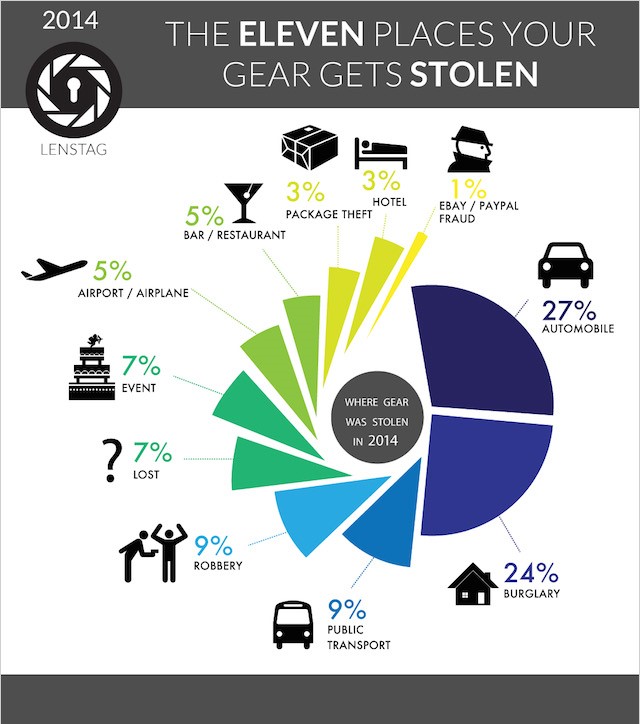
The first step in protecting your camera gear is selecting a reliable and secure camera bag. Opt for a bag specifically designed for camera equipment, featuring padded compartments, dividers, and sturdy construction. Look for additional security features such as lockable compartments or zippers. Study the size and weight of your gear to ensure a proper fit and comfortable carrying experience. Consider using camera bags that do not prominently advertise expensive camera equipment. Opt for inconspicuous bags that blend in with regular luggage, minimizing the risk of attracting unwanted attention. If your camera bag doesn’t have built-in locks, you can use padlocks or cable locks to secure it. Cable locks are versatile and can be used to secure camera bags, tripods, or individual camera bodies. These locks consist of a flexible cable and a locking mechanism. You can thread the cable through the camera’s strap loops or attach it to a fixed object, preventing unauthorized removal. Pacsafe is a brand that offers various anti-theft products, including backpack protectors. These protectors are made of slash-proof metal mesh that can be wrapped around your backpack and secured to a fixed object. While they aren’t designed specifically for photo backpacks, they can add an extra layer of security against theft.
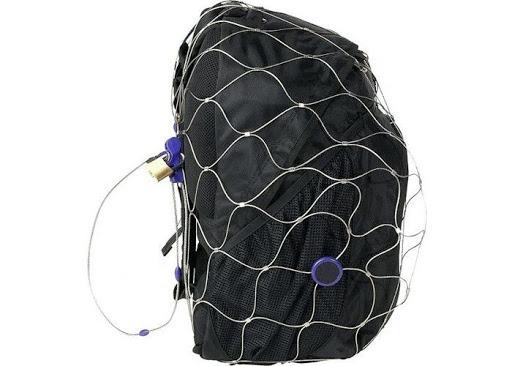
Pacsafe protectors use metal mesh or similar materials that are resistant to slashing or cutting attempts. This can help prevent thieves from quickly accessing the contents of your backpack or cutting through the fabric to steal your gear. Many Pacsafe products have lockable features that allow you to secure the protector around your backpack or attach it to a fixed object. This adds an extra barrier to deter theft and makes it more difficult for someone to quickly remove the protector or access your gear. Pacsafe protectors often have a visible presence with their mesh design and locking mechanisms. The prominent appearance can act as a visual deterrent, signaling to potential thieves that your gear is protected and potentially deterring them from attempting theft in the first place.
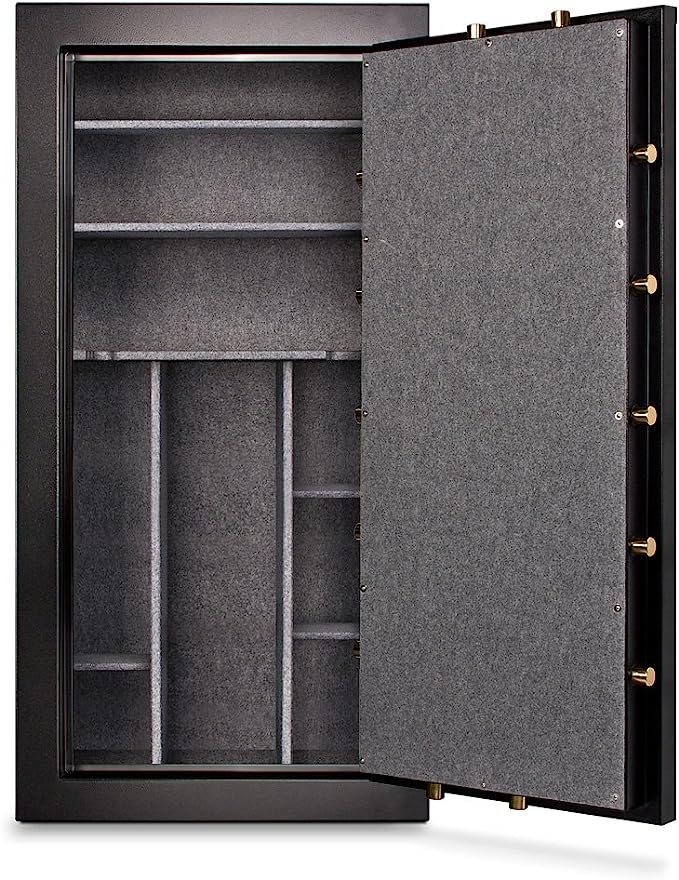
If you primarily store your camera gear at home, ponder investing in a home-safe or lockable cabinet. Look for safes specifically designed for valuable items, such as firearms or jewelry, as they often provide features like reinforced construction, combination or electronic locks, and fireproofing. There are several advantages to using gun safes at home to protect camera gear. Gun safes are designed to provide high levels of security, often made of durable materials such as steel and equipped with robust locking mechanisms. This ensures that your camera gear remains well-protected from theft and unauthorized access, giving you peace of mind. Gun safes are typically designed to be rugged and provide protection against various types of damage, such as fire and water. This is especially beneficial in safeguarding your camera equipment from potential hazards like house fires or flooding. Gun safes often come with adjustable shelves, compartments, and dividers, allowing you to organize your camera gear effectively. This makes it easier to locate and retrieve specific items when needed, saving you time and effort. Gun safes are widely available in a diverse range of sizes, styles, and features, catering to the specific needs and preferences of individuals looking to protect and store their camera gear at home.

One of the most critical aspects of protecting your camera gear is obtaining insurance coverage. Several insurance providers offer coverage specifically tailored to camera gear and equipment. The “best” insurance provider may vary based on your location, specific needs, and individual preferences. It is recommended to research and compare different insurance options to find the one that best meets your requirements. Research reputable insurance providers that offer specialized coverage for photographers and review their policies carefully. Ensure your policy covers your specific equipment, including lenses, accessories, and any rented gear. Consider factors such as coverage limits, deductibles, premiums, and any exclusions. It is imperative that you keep a detailed inventory of your gear, including serial numbers and purchase receipts, as this will aid in the insurance claim process if necessary.
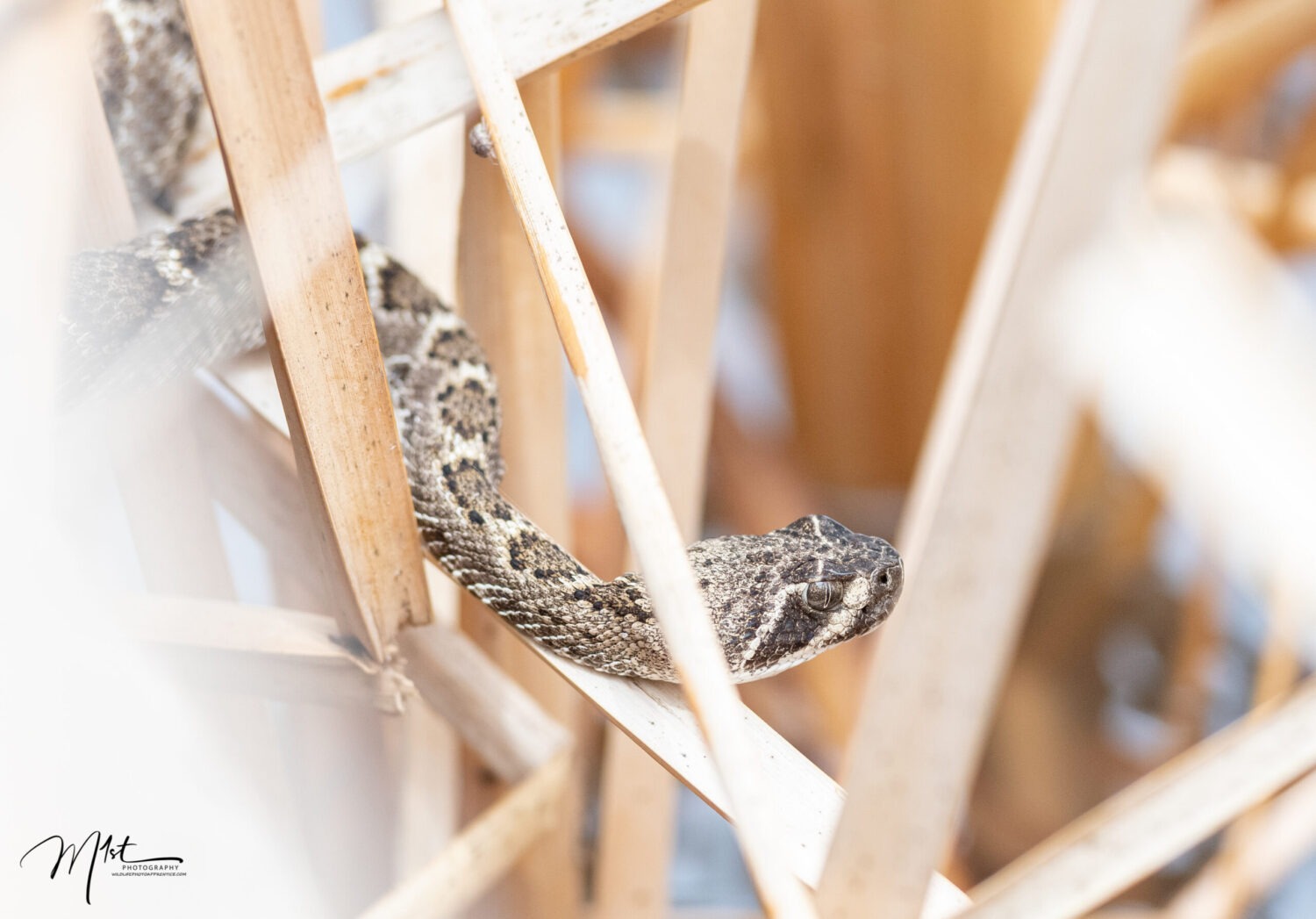
PPA (Professional Photographers of America), PPA offers insurance coverage specifically designed for professional photographers, including coverage for camera gear. Their PhotoCare equipment insurance program provides coverage for theft, damage, and loss. TCP Insurance, TCP Insurance is a provider that offers comprehensive coverage options for photographers and videographers. They offer insurance policies that include camera gear, equipment, and business liability coverage. State Farm is a well-known insurance provider offering personal property coverage, extending to camera gear and other valuable equipment. They provide coverage against theft, damage, and loss. Often your camera equipment can be added to your homeowners’ policy as a rider at a limited additional fee.
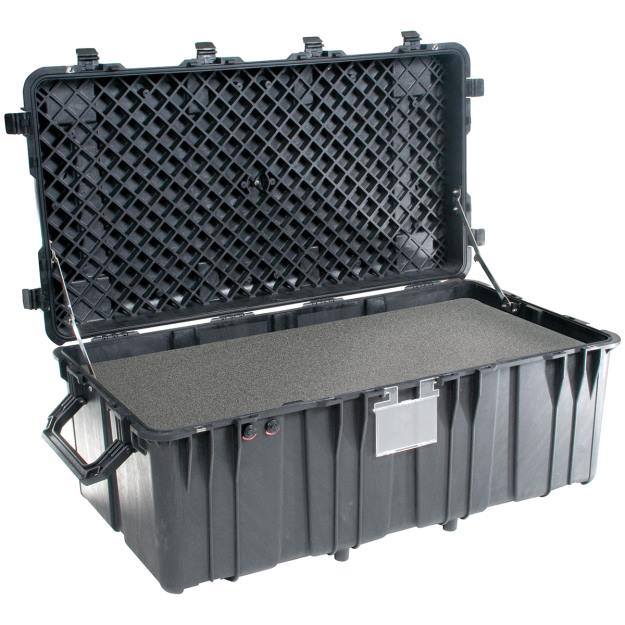
When transporting your camera gear in a car, it’s essential to secure it properly. Place your bag or case in the trunk or a secure area to prevent it from being visible to potential thieves. If this is not possible, cover the bag with a non-descript item, like a jacket or blanket, to disguise its contents. Avoid leaving your vehicle unattended with gear inside, especially in high-risk areas. Contemplate using a trunk organizer or a cargo barrier to create a dedicated space for your camera gear, preventing it from sliding around during transit. Hard-shell camera cases designed specifically for storing and transporting camera gear can offer excellent protection and security. Look for cases with reinforced exteriors, customizable foam interiors, and secure locking mechanisms.
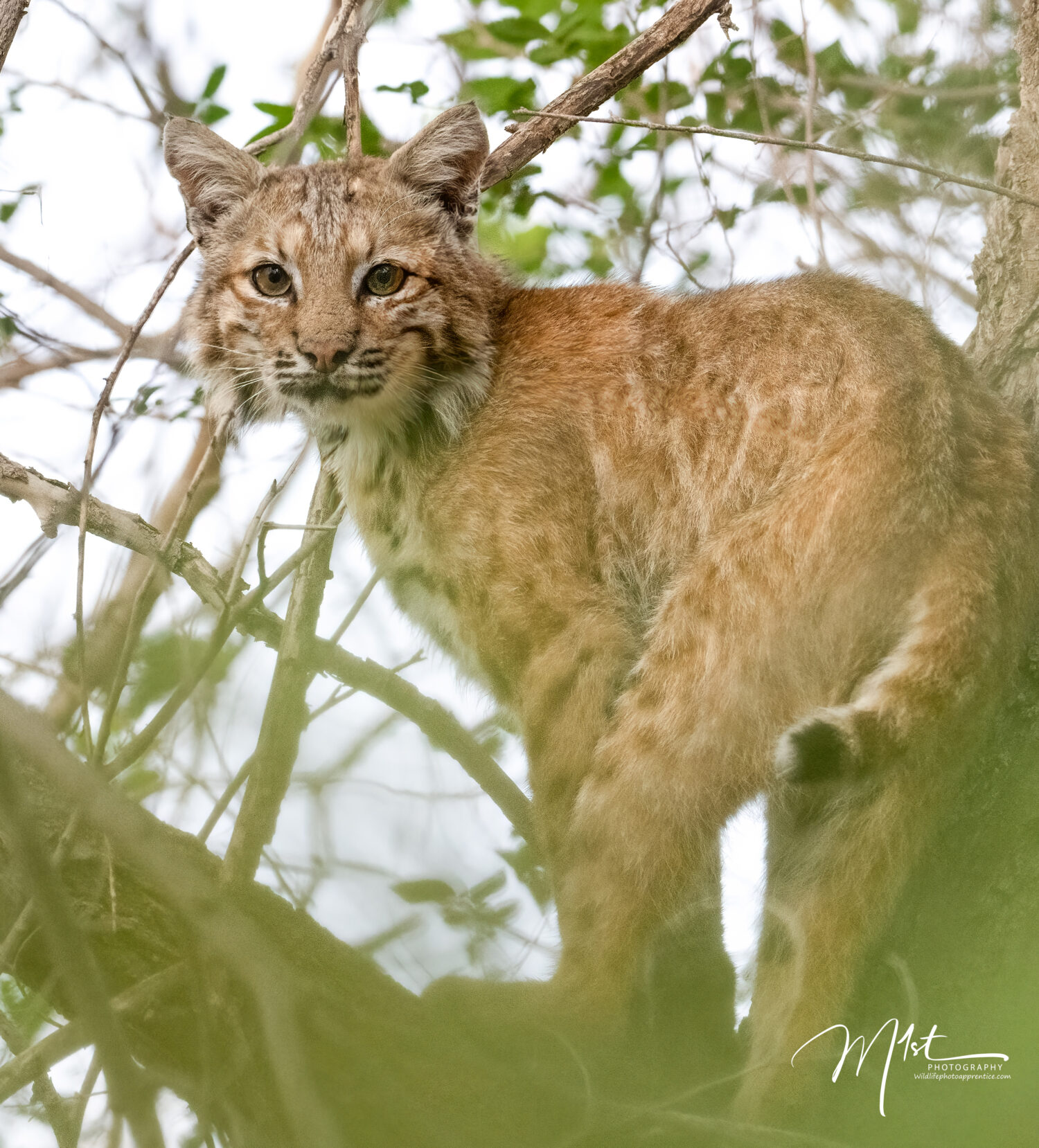
Brands like Pelican, Nanuk, and SKB offer a range of durable and secure camera cases. When selecting a hard-shell camera case, consider factors such as the size and weight of your gear, the level of protection required, the case’s interior customization options, and any specific features you prioritize, such as wheels or TSA-approved locks. It’s also helpful to read reviews and compare the specifications of different models to find the case that best suits your needs. They can often be found on eBay, used and for a considerable discount if you are willing to tolerate some cosmetic defects. These cases are for me the most secure way to travel with my equipment. I raise one of the seats in the back of my truck, place it in the floorboard, and secure it with a snake-type cable lock to the seat posts. I can open it and access my equipment easily during my journey and padlock it shut when away from the truck for short periods.
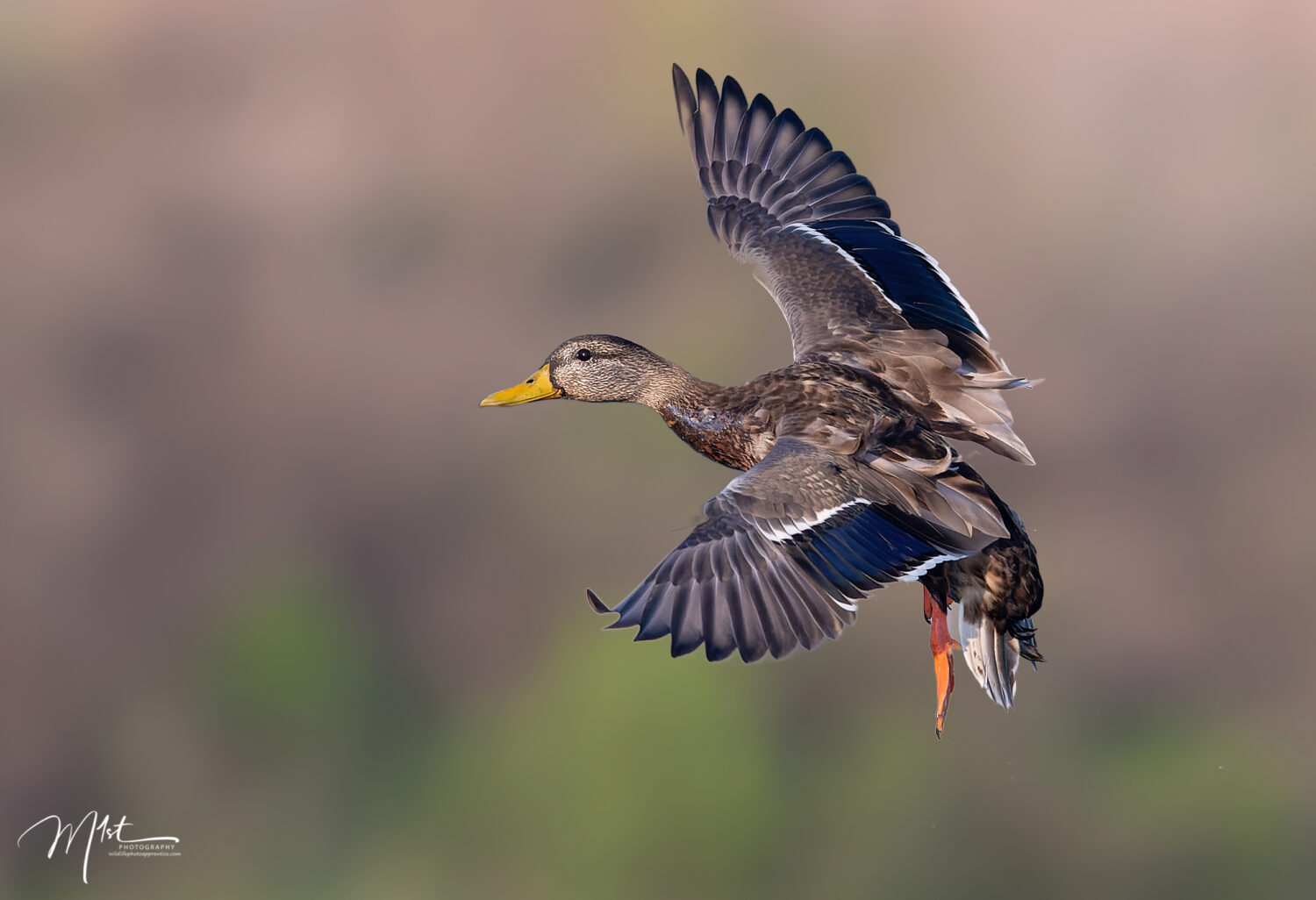
Flying with camera gear requires additional precautions. Carry your camera gear as carry-on luggage whenever possible, as checked baggage is more susceptible to mishandling and theft. Check the airline’s carry-on dimensions and weight restrictions policies to ensure compliance. Use a well-padded camera backpack or a specialized carry-on case that meets airline regulations. Check out this prior blog for a good carry-on bag solution that works well for me,
https://wildlifephotoapprentice.com/2023/06/13/traveling-with-super-telephoto-lenses/.
Mull over the idea of adding a “fragile” sticker to your bag for extra care. I work in a hospital and have placed an official biohazard sticker on one of my pelican cases. It’s large, orange, and quite visible. I won’t use it for plane travel as I’m sure TSA or the airlines would have a fit. For car travel, however, I think it would make a potential thief think twice before taking it. Reflect on whether to use a TSA-approved lock, it can secure your bag while still allowing security personnel access if required. I think it’s universally accepted that most thieves likely have master keys to these locks as well. When traveling, only take the essential photography equipment you’ll need for your trip. Carrying fewer items reduces the risk of loss and theft. Give thought to leaving expensive or bulky gear behind if you won’t be using it extensively. Think about using GPS tracking devices designed for cameras or camera bags. These devices can be discreetly attached to your gear and allow you to track their location in case of theft. Some devices even offer additional features like geofencing and movement alerts.

When shooting in crowded areas, be vigilant and aware of your surroundings. According to FBI statistics, in the US, a property crime offense Is committed every 4.1 seconds. A burglary offense occurs every 22.6 seconds, a larceny theft every 5.7 seconds, and a motor vehicle theft every 40.9 seconds. 44 percent of robberies reported to U.S. police were street robberies. Keep your camera bag close to your body and within sight at all times. Consider using a strap or harness that attaches your camera to your body, minimizing the risk of accidental drops or theft. Stay vigilant and be aware of your surroundings at all times. Familiarize yourself with the location and potential risks associated with it. Pay attention to people nearby and trust your instincts if something seems suspicious. Offenders tend to be in their late teens and early 20s. In the United States, almost half of the offenders arrested for robbery were under 21, and nearly two-thirds were under 25. The overwhelming majority of arrested street robbers are male.

Never leave your photography gear unattended in public places, such as airports, train stations, or cafés. Even if you’re sitting nearby, it takes just a moment for someone to snatch your belongings. Whenever possible, travel and shoot with a companion. Having someone by your side can deter potential thieves and provide an extra set of eyes to watch over your gear. Avoid drawing unnecessary attention to your expensive gear. Consider using camera covers or wraps that camouflage the equipment or make it less conspicuous. This way, you can blend in with the environment and minimize the risk of attracting thieves. When shooting in the field, keep your camera attached to you by maintaining physical contact. Use the strap around your neck or wrist to prevent anyone from quickly grabbing it and running off. When shooting wildlife, try to stay in well-populated areas or areas frequented by other photographers or tourists. Thieves are less likely to target locations with a higher presence of people. It’s important to prioritize your personal safety. Avoid venturing into unsafe or unfamiliar areas alone, especially if you’re carrying expensive gear. Familiarize yourself with local laws, customs, and potential risks associated with the location.
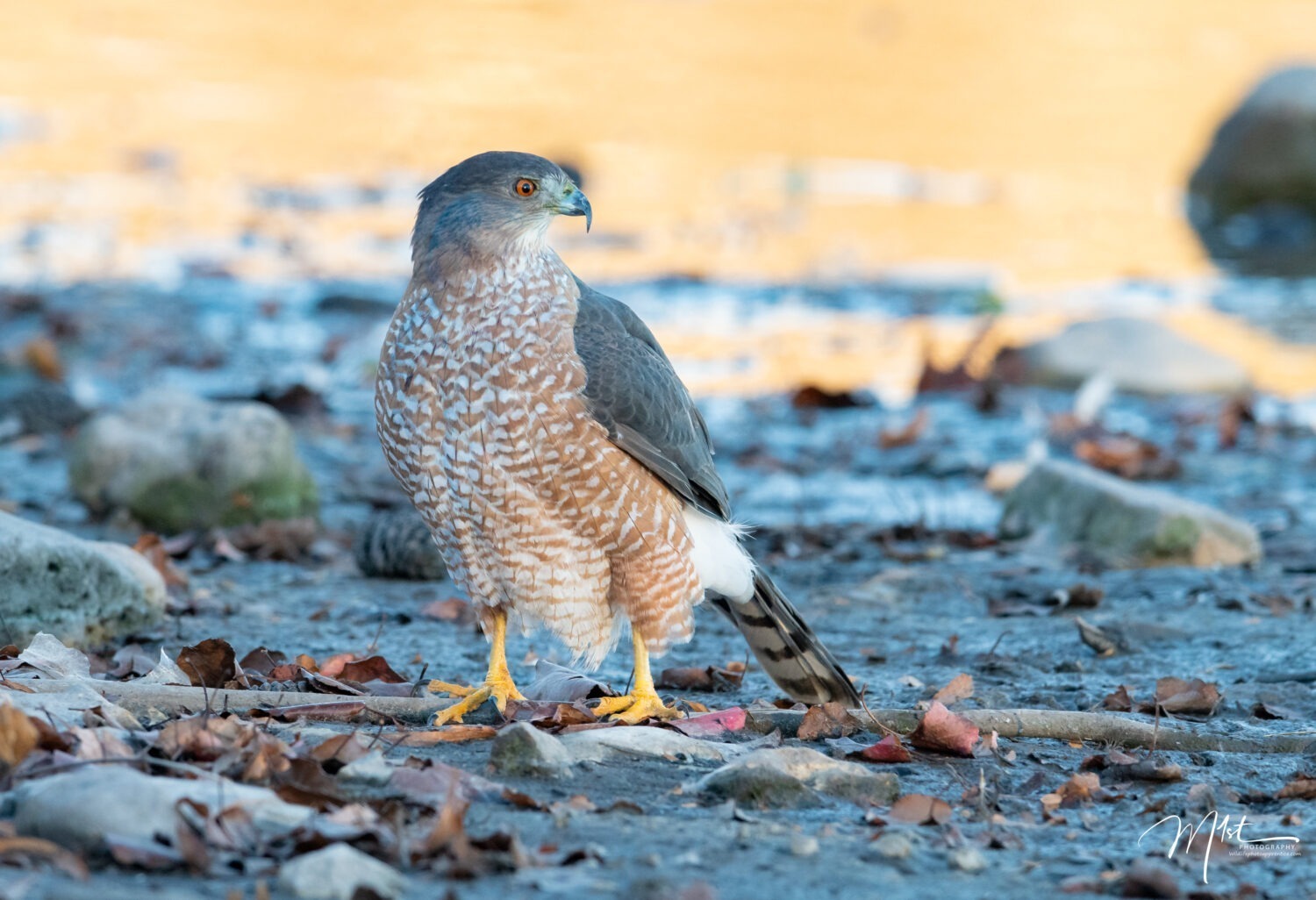
Protecting your camera gear at home, during travel, and on-location shoots is vital to safeguard your investment and ensure peace of mind. By following the tips outlined in this blog post, such as choosing the right camera bag, obtaining insurance coverage, and implementing secure transportation methods, you can significantly reduce the risk of theft, damage, and loss. Additionally, practicing crowd awareness, utilizing weather protection measures, and never leaving your gear unattended are essential steps to preserve the integrity of your equipment. Remember, investing in the security of your camera gear is a small price to pay compared to the potential loss and inconvenience that can result from inadequate protection. By prioritizing the safety of your equipment, you can focus on what matters most—capturing incredible images and preserving cherished memories.
